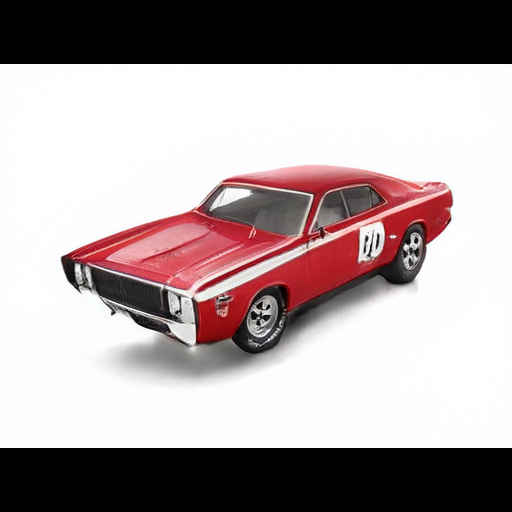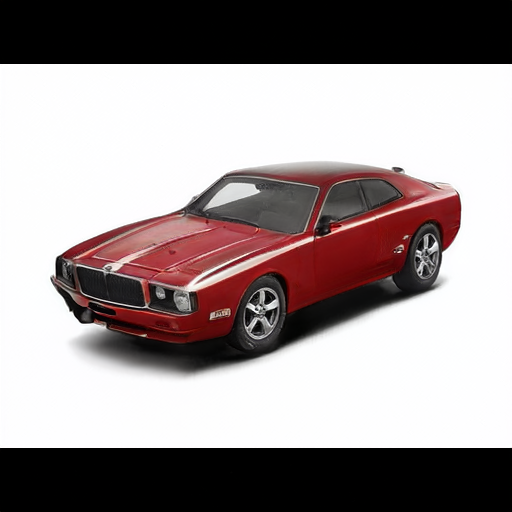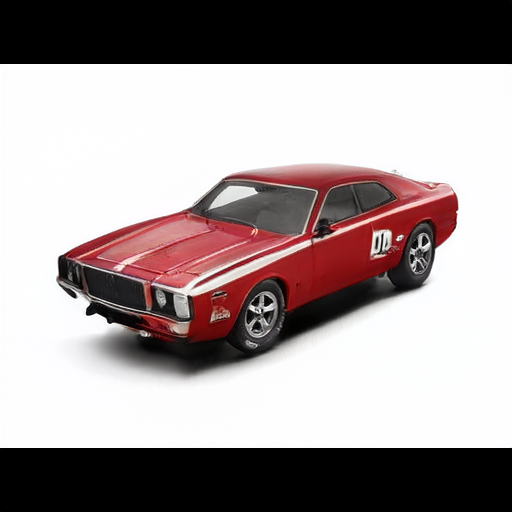Dreaming cars with AIs
Marcelo Rinesi, rinesi.com
After extensive training and some neat technical tricks, NVIDIA threw some random numbers at the latest iteration of its StyleGAN2 AI, and got, besides faces, cats, and horses, some pictures of cars that do not exist. Here are three:
 |
 |
 |
But what if you want to dream with purpose? Not just keep throwing the dice to see what comes up, but add to this mixture of randomness and statistical modeling your own taste and goals?
It's actually not hard. Begin with those three examples (or any three examples from any sufficiently robust GAN, no matter what it was trained for - cars, cats, art, texts, architecture, machines, games - or even neural network architectures)
 | ||
 |  |
You can calculate the intermediate points in latent space between the vertices -- it's just linear algebra -- and then find how they look when rendered as cars:
 | ||
 |  |  |
 |  |  |
The cars between the vertices of the triangle are intermediate versions, the GAN version of mixing two colors. But we have an infinite palette here of images of cars nobody has ever seen, each one of them generated on the fly by the GAN, so we can pick any three we like among these and "zoom in" between them
 | ||
 |  |  |
 |  |  |
and deeper...
 | ||
 |  |  |
 |  |  |
and deeper...
 | ||
 |  |  |
 |  |  |
and deeper still:
 | ||
 |  |  |
 |  |  |
All of those images were absolutely new, informed both by everything the neural network knows about what makes an image "a car" and our own choices along the way. Look how different the end result is from the cars we began with:
 | ||
 | ||
 |  |
We could have made different choices at any point, and the result would have been a vastly different car:
 | ||
 | ||
 |  |
Remember: we weren't browsing a finite catalogue of car images, but rather interacting with the GAN to come up with new ones on the fly. Think of it as a catalogue of an annex of Borges' Library dedicated to car photos, or rather of the (infinite) shelves of photos of cars that are somehow hybrids of the three original ones.
Pick any other three and you could explore a whole different infinitude of cars.
Train a different network and you could explore infinite generative spaces of any sort of images, devices, landscapes, music - anything an AI can be trained to synthesize, it can be also be paired with a human to explore creatively in a fundamentally new way.
This is on itself a powerful tool for designers and artists, but there's a further wrinkle. The choices I made along this short jaunt were entirely manual, yet it wouldn't have been difficult to have a program watching over my shoulder, learning to predict them, and then interacting with the GAN so it comes up with things I might like apparently out of left field. Think of it as a recommender for the infinite library, or perhaps a programmable imagination that learns from you.
The technology, as the rather over-simplified examples above show, is already here. The changes not just to the tool set of artists, but to the entire way we think about the design process, never mind the depth and range of what we quaintly still call customization, have, in a sense, already happened. They are just unfolding, most of the time, out of the corner of our eyes.
Marcelo Rinesi, marcelo.rinesi@gmail.com